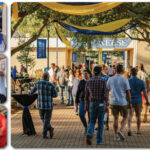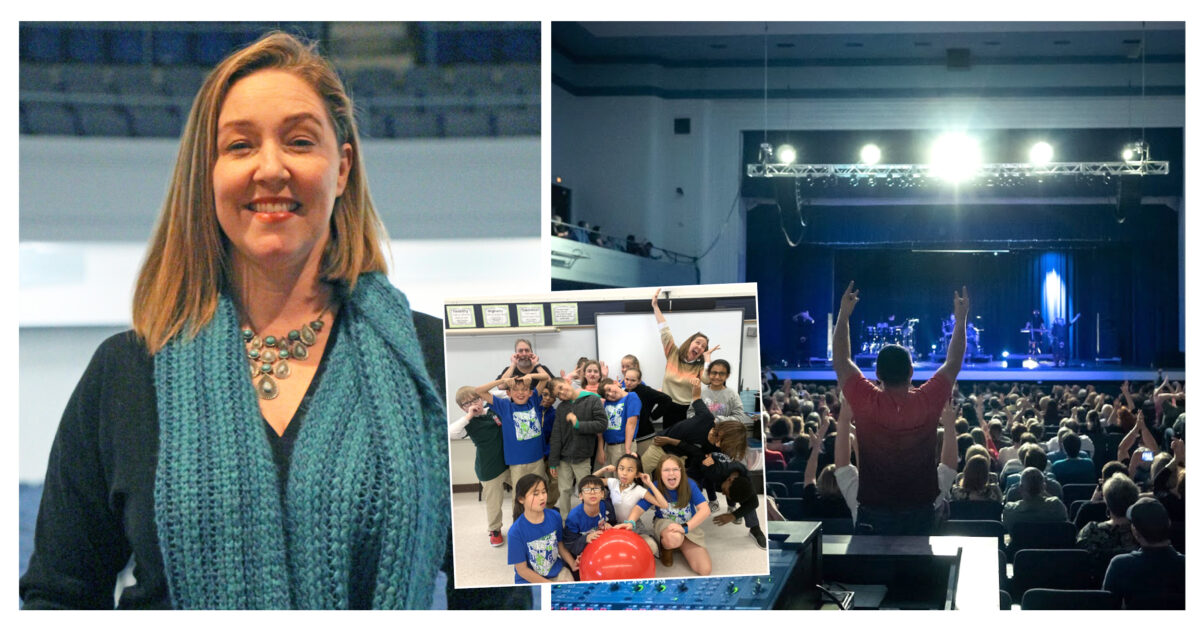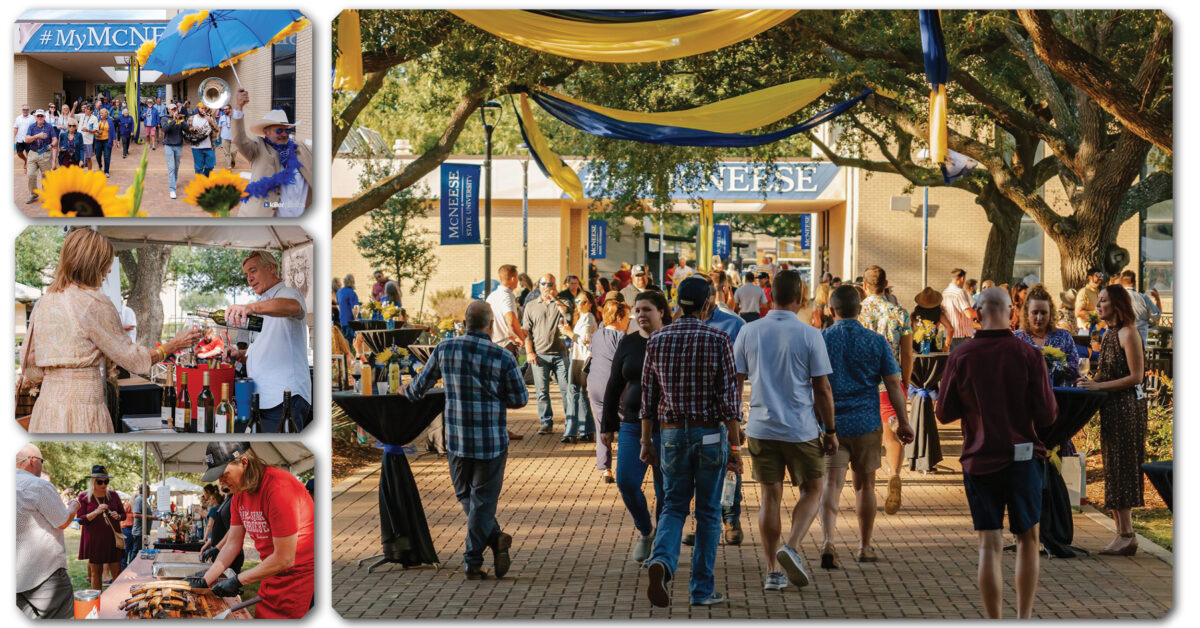
Why Rouge et Blanc Matters More Than Ever
June 2025
Top Health Threats for Men
June 2025by Kerri Cooke
Rouge et Blanc is the annual fundraiser that makes the Banners cultural experience possible, and Brook Hanemann oversees and is passionate about everything the fundraiser and nonprofit represent.
“The arts are not extra. They are essential. They’re how we preserve culture, promote empathy, drive economic growth and educate future leaders,” Brook Hanemann, director of Banners at McNeese says.
Promoting the arts has been a lifelong passion for Hanemann, even before she started working with Banners. Her mother was a journalist for the Times-Picayune and other outlets while her father was a newspaper photographer and theatre and film actor. “My childhood playgrounds were makeup rooms, costume shops and rehearsal halls. I began formal training in performance at a young age under Rosemary Hanian, who had danced on Broadway. Those early years shaped both my creative instincts and my deep appreciation for interdisciplinary art,” she says.
Extensively educated in fine arts, Hanemann attended the New Orleans Center for Creative Arts (NOCCA) for instruction in theater. She received both a bachelor’s and master’s degree in fine arts in theater performance after studying at the University of Central Florida and attained her PhD from Louisiana State University in theater history, literature and theory.
Hanemann’s work experience is varied and extensive. She was a field researcher for the popular show Judge Judy for over 10 years. She also became the first woman to be the artistic director and executive producer for the Orlando Fringe Festival. She was a theater manager for the Vine Theatre in Orlando and director of special guests for the Florida Film Festival. She’s worked as a faculty member at the University of Central Florida, Mississippi University for Women and at LSU.
Additional festival work included roles as artistic director of the Tennessee Williams Festival in Mississippi and director of theater and communications for the Tennessee Williams/ New Orleans Literary Festival.
First working at McNeese as a guest director, Hanemann transferred to box office manager before being promoted to director of Banners in 2018, which she describes as “the coolest and most fulfilling job I’ve ever held.
” What does being the director of the program entail? The short answer is Hanemann manages Banners’ largest fundraiser, Rouge et Blanc, and brings international talent to Lake Charles, including lectures and live performances. It’s not as simple as it sounds.
“I select the artists, raise the money, build the partnerships, help design the marketing campaigns, coordinate with city officials and campus departments, and make sure our programming speaks to every corner of our community,” Hanemann says. She also sits on the governor’s state arts council and the board of the Louisiana Partnership for the Arts and is venue coordinator for Bulber Auditorium. Any event held in the auditorium passes by her first.
“It’s a job that requires equal parts strategy, stamina and soul,” Hanemann says. “And I love it—because it means building bridges between art and community, between local identity and global perspective, between what we dream and what we make real.”
Hanemann says the arts provide an excellent return on investment, and in Louisiana the community gains $49 for every $1 spent on the arts. She does recognize that there is room for improvement in SWLA. “We don’t yet have a full infrastructure for the arts. It means artists have to keep a ‘real job’ just to survive. It means high schoolers with tremendous creative talent don’t have accessible, affordable venues to perform in. It means our own cultural torchbearers are being trained here and then leaving because there isn’t a pathway to stay. But the energy? The talent? The hunger for more? It’s here. I believe—with my whole heart—that the next Pulitzer winner, the next Grammy nominee . . . could be growing up right here.”
Hanemann continues to champion the need for additional infrastructure, affordable venues and even the future possibility of building a school for the performing arts in SWLA. In the meantime, she brings artists and audiences together through Banners—and sometimes slips into the wings of a dark theater, her favorite private cubby, to feel the swell of a voice or the hum of a cello and quietly take in the moment she helped create.
“I grew up with theaters and studios as my playground, and now my children—and our local students and budding artists—are growing up surrounded by that same magic,” Hanemann says. “I get to connect them with creativity from all over the world. It truly doesn’t get much cooler than that.”






